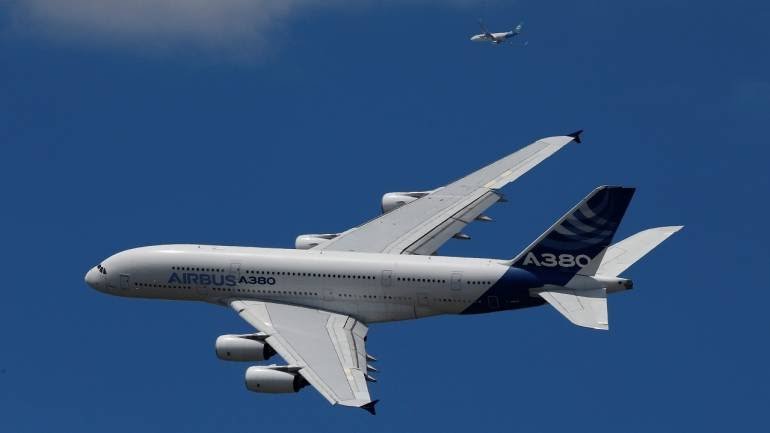Emirates orders Boeing Dreamliners worth USD 15 billion: Is it the end of the A380?
 Excitement over a possible deal between Emirates and Airbus was brewing ahead of this year's Dubai Air Show. Emirates was expected to place a new order of 36 A380 aircraft.
Excitement over a possible deal between Emirates and Airbus was brewing ahead of this year's Dubai Air Show. Emirates was expected to place a new order of 36 A380 aircraft.
The deal would have boosted sales prospects of Airbus' ailing flagship aircraft, also nicknamed as the 'Superjumbo'.
However, just a few days after Airbus delivered Emirates' 100th A380, the Dubai-based airline made an eleventh-hour switch and instead placed a fresh order worth USD 15 billion with Airbus' main rival Boeing.
Emirates' decision to buy swanky new 787 Dreamliners at a cost of USD 15.1 billion, not only dents Airbus financially, but also puts a question mark on the future of the world's biggest commercial aircraft.
With 100 A380 aircrafts, Emirates is the largest user of the A380. Singapore Airlines comes in at a distant second place with just 19 in-service A380s.
Airbus had first bagged orders for 76 A380s in 2001. However, by the time the first prototype took off in 2005, Airbus was receiving orders as low as 10 per year.
In 2007, the aircraft was pressed into service for the first time by Singapore Airlines. While demand from Singapore Airlines and Emirates initially drove the sales number up, the numbers have been falling ever since.
Airbus received an order for two A380s in 2015 and none in 2016. Amid crashing sales of the Superjumbo, Airbus was looking at Emirates, the model's largest user, with hope. However, with this significant order now gone, questions are being raised about the aircraft's future.
The Superjumbo
The Airbus A380 is the world's only double-decker commercial aircraft. The aircraft is 239 feet long and 79 feet tall, making it the largest of its kind, also shadowing its rival, the iconic Boeing 747 'jumbo jet'.
A single unit of the A380 costs around USD 430 million and can carry 525 people in a three-cabin configuration and 853 people in the single class configuration.
With a flying range of just over 15,000 kms, coupled with the ability to carry more than 500 passengers, the aircraft became an integral part of airlines' hub-and-spoke operations.
Here's what went wrong
There were significant delays in production of the aircraft right from the beginning. Some of the A380 aircraft also faced problems with their engines. Engines manufactured by both the Engine Alliance as well as Rolls Royce were involved in engine failure incidences.
Having a larger aircraft with more seats also involved a financial risk with regard to filling capacity and operational costs.
At the same time, smaller and more fuel-efficient twin-engine aircraft such as the new Boeing 777 and Airbus' own A350 were launched.